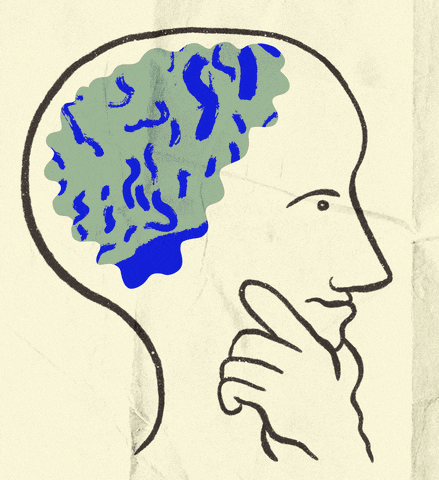How Design Saved the New York City Subway System
At Good Rebellion, we believe in the power of transformative stories, and today, we're excited to dive into the intriguing narrative of how design played a pivotal role in rescuing the New York City subway system from the brink of despair. Let’s explore the innovative design solutions that breathed new life into one of the world's most iconic transportation networks.
The Chaos Underground
As the subways evolved, the signage in the New York City subway system became a bewildering labyrinth of unclear instructions and confounding messaging. Originally just made up of one line built by the Interborough Rapid Transit (IRT), another company was eventually brought in to build the second line, and a third for the next one. By the time the three lines were merged in 1940, the system was irreparably divided.
As the city's population continued to grow, the subway struggled to keep pace with the demands of its commuters, more and more of whom didn’t speak English as their native language. The fragmented early history of the system was especially reflected in subway signage, which included the IRT’s original mosaic station names mixed with a plethora of other signs in a wide variety of colors, formats and typefaces. The subway had become synonymous with a general sense of disarray.
Enter Design Thinking
Recognizing the urgent need for change, city officials and transit authorities turned to design thinking—a creative problem-solving approach that places the user experience at its core. The transformation began with a shift in mindset, viewing the subway not just as a means of transportation but as a vital part of the city's identity.
Visual Identity and Branding:
Design played a crucial role in redefining the visual identity of the subway system. In 1970, the city, then under the progressive leadership of Mayor John Lindsay, had an idea. Engaging the services of the design firm Unimark International, they hired designers Robert Noorda and Massimo Vignelli. What seemed like an insurmountable problem was tackled with finesse. They studied and rethought the way people used the subways and turned their findings into a cohesive system that helped change public perception and instill a sense of pride in commuters. Standard Medium - a simple, sans-serif font was chosen as the typeface for the city’s subway signs when they were redesigned in the late 1960s. In 1989, a similar and more refined typeface named Helvetica became the subway’s official typeface, since becoming synonymous with New York. In addition, iconic symbols and color-coded lines simplified navigation, making the subway more accessible to both locals and tourists.
User-Centric Stations:
Designers reimagined subway stations as more than just concrete platforms. They embraced user-centric design, incorporating elements that improved the overall experience. From intuitive wayfinding signage to comfortable seating areas, these changes aimed to make the subway a welcoming space for all.
Technology Integration:
The infusion of technology marked a turning point for the subway. Designers leveraged innovations such as digital displays, interactive maps, and contactless payment systems to enhance efficiency and convenience. These tech-driven solutions not only streamlined the commuting experience but also positioned the subway as a symbol of progress.
Safety and Accessibility:
Design interventions also addressed safety concerns head-on. Brighter lighting, improved security measures, and enhanced accessibility features for differently-abled individuals made the subway a safer and more inclusive environment. These changes not only improved the daily commute but also contributed to the overall well-being of the city.
Design is Storytelling
With more than 22 subway lines, over 700 miles of tracks, and 472 subway stations, it’s easy to get intimidated by the New York City subway system. Through thoughtful design, the subway underwent a remarkable metamorphosis, emerging as a shining example of urban revitalization. The best design is often invisible - so clean and efficient that we don’t even realize the way it directs our experience. As we continue to champion purpose-driven initiatives here at Good Rebellion, let's draw inspiration from the New York City subway's journey—a journey fueled by innovation, resilience, and a commitment to creating a better world for all.
Ready to tell your story? Get on the train with Good Rebellion! Let our design team infuse your brand with a rebel spirit, crafting visuals that narrate your unique story. We can help pave the way to your visual revolution. Reach out today for a free consultation.






